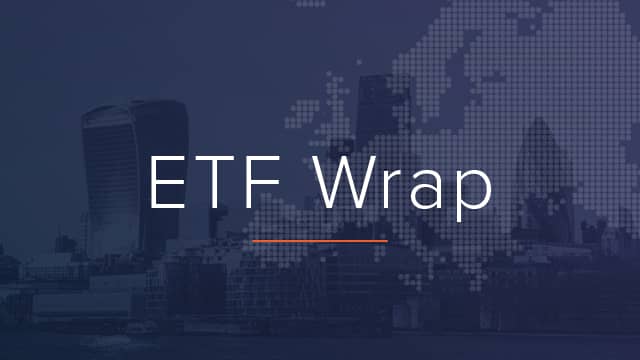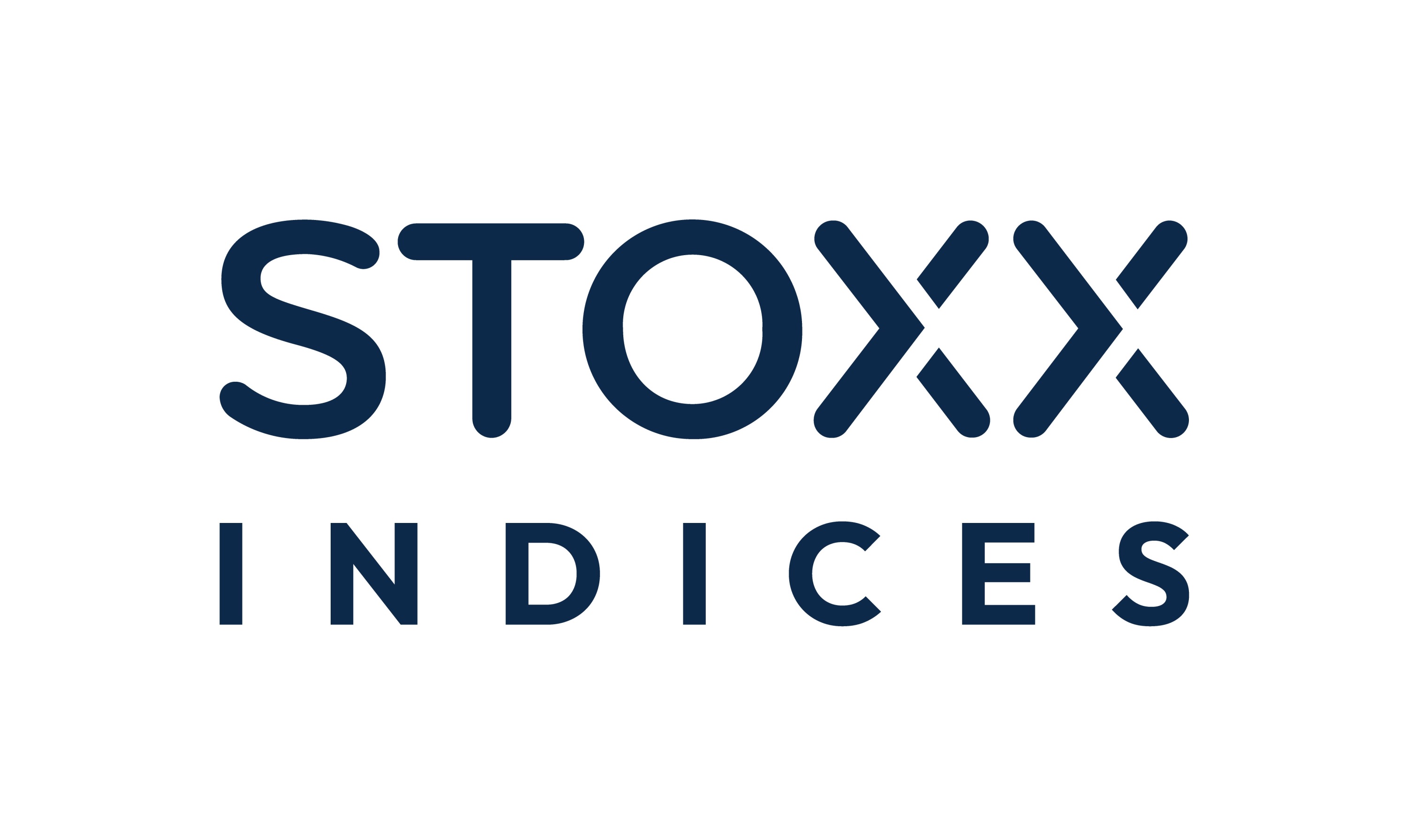As central banks rush to cool down the fastest cost of living surge in four decades, their tool kit is constrained to a punitive and unnuanced course of action to affect the demand side of the equation.
Broad market benchmarks suffered as policymakers began tightening through the turn of the year and the S&P 500 officially entered bear territory as the Federal Reserve implemented a 75-basis point hike last Wednesday, its most extensive single increase in 28 years.
Earlier that day, Ford’s CFO warned it had begun seeing a rise in loan delinquencies by buyers of its vehicles, while US 30-year mortgage rates flirted with 6% – after their largest one-week jump since 1987 – putting downward pressure on property demand.
Naturally, increasing the Fed funds rate has a knock-on effect on all loans downstream, including mortgages, business and vehicle loans. This is also precisely the point – by making money more costly to access, policymakers disincentivise buying, which in theory reduces demand and thus pressure on prices.
Despite early manifestations of these dynamics taking hold, the Fed announced on Wednesday, 22 July, it plans to continue its ‘expeditious’ hunt for lower consumer price index (CPI) readings with a second 75-point hike in July, followed by a further 50-point increase in September.
The policymaker’s chair, Jerome Powell, admitted monetary policy is a “famously blunt tool” and job losses and recession are “certainly a possibility” but “not our intention at all”.
However, if we look at the supply side of the equation, it appears the Fed and others are merely matching tough with tough to avoid potentially crippling stagflation.
Shortages are widespread across cleaning supplies, baby formula, tampons, automobile components, computer chips and other individual items.
Across vital goods, price hikes are also progressing at an unsustainable rate, with Brent Crude up around 50% in a year and eurozone composite food prices up 7.5% in the first five months of the year – the highest jump in this timespan since the turn of the millennium. Add to all this, the cost of long-term contracted ocean freight has surged 150.6% in a year, as per the Xeneta Shipping index.
Against this backdrop, punishing rate hikes by central banks are a desperate but necessary medicine to swallow. Supply chain issues will not be resolved in the short term – the next step is to reduce buying activity.
Active reaches new frontiers
On Wednesday JP Morgan Asset Management strengthened its case for being Europe’s leading active ETF house, bringing to market the continent’s first active UK equity and first active climate thematic ETFs.
Its UK equity product aims to remain true to the sector weightings of the FTSE All-Share index while taking small overweights in “quality businesses that are attractively valued” while underweighting those displaying the opposite characteristics.
Its sustainable active thematic is categorised as Article 9 under the Sustainable Finance Disclosure Regulation (SFDR) and will hold between 50 and 120 companies from the clean energy, electric grid, low-carbon agriculture, construction and transportation sectors.
Last month, the firm launched two more active strategies tracking Japan and eurozone equities.
Thematic ETF market moves toward maturity
Elsewhere, derivatives exchange Eurex launched the first thematic index futures based on healthcare, global digitalisation and digital security benchmarks from STOXX.
Jason Warr, global co-head of ETF markets at BlackRock, which uses STOXX indices, said the futures will “deepen liquidity in thematic investing” and allow investors to express “more granular views”.
The liquidity point is up for debate, as research from the Indian Institute of Management and Shiv Nadar University argues the introduction of futures tends to reduce equity liquidity in the short-term, while other studies have ruled derivatives have an inconclusive impact on stock liquidity and returns volatility over time.
However, the study suggested launching derivatives on illiquid stocks improves their liquidity, which could also ring true in less liquid thematic strategies exposed to lower-capacity small-cap companies.
Also, the introduction of futures increases the opportunity set available to investors, making it easier to express convictions – long or short – on thematic exposures. Overall, it is a natural next step in a maturing space.
ETF Wrap is a weekly digest of the top stories on ETF Stream





